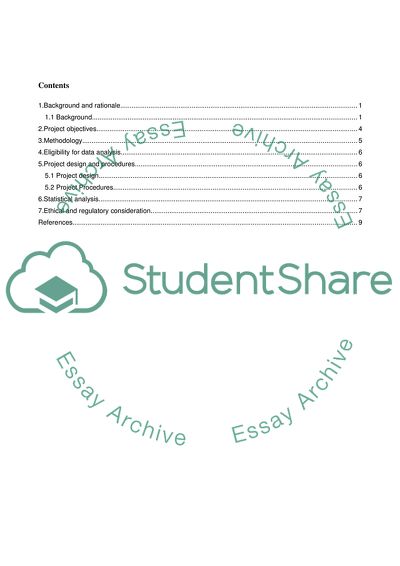Cite this document
(Methodology for Implementing an Electronic Record in Saudi Arabia Research Proposal - 1, n.d.)
Methodology for Implementing an Electronic Record in Saudi Arabia Research Proposal - 1. https://studentshare.org/health-sciences-medicine/1798602-methodology-for-implementing-an-electronic-record-in-saudi-arabia
Methodology for Implementing an Electronic Record in Saudi Arabia Research Proposal - 1. https://studentshare.org/health-sciences-medicine/1798602-methodology-for-implementing-an-electronic-record-in-saudi-arabia
(Methodology for Implementing an Electronic Record in Saudi Arabia Research Proposal - 1)
Methodology for Implementing an Electronic Record in Saudi Arabia Research Proposal - 1. https://studentshare.org/health-sciences-medicine/1798602-methodology-for-implementing-an-electronic-record-in-saudi-arabia.
Methodology for Implementing an Electronic Record in Saudi Arabia Research Proposal - 1. https://studentshare.org/health-sciences-medicine/1798602-methodology-for-implementing-an-electronic-record-in-saudi-arabia.
“Methodology for Implementing an Electronic Record in Saudi Arabia Research Proposal - 1”. https://studentshare.org/health-sciences-medicine/1798602-methodology-for-implementing-an-electronic-record-in-saudi-arabia.


